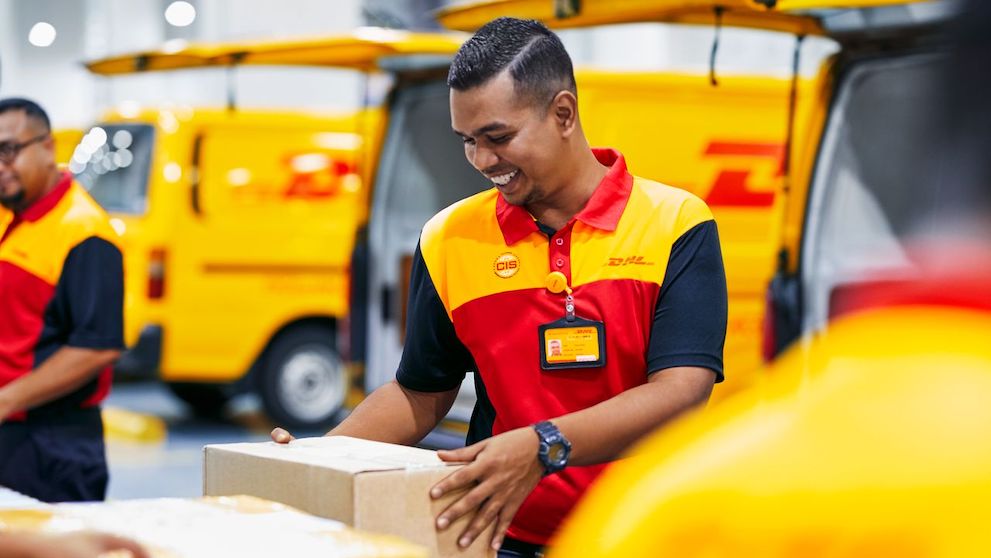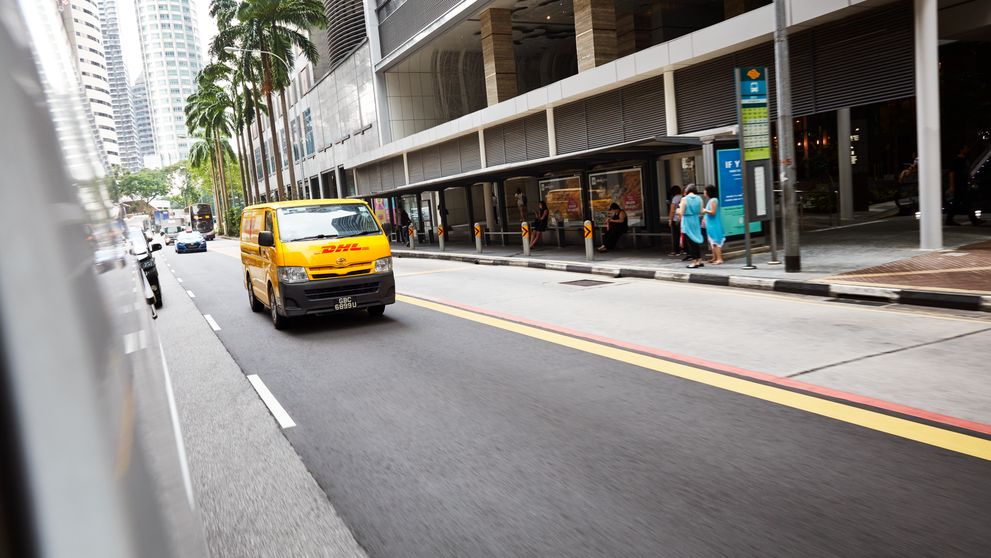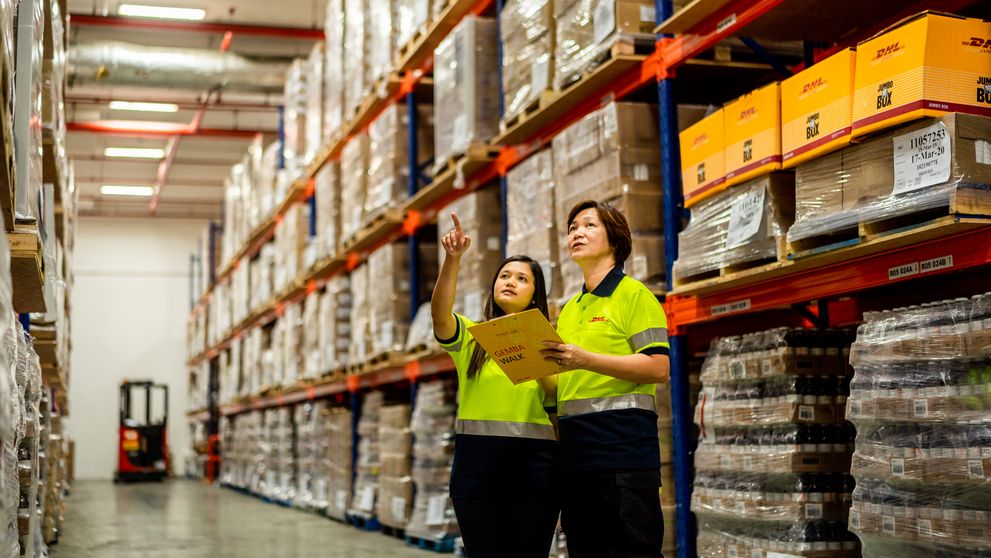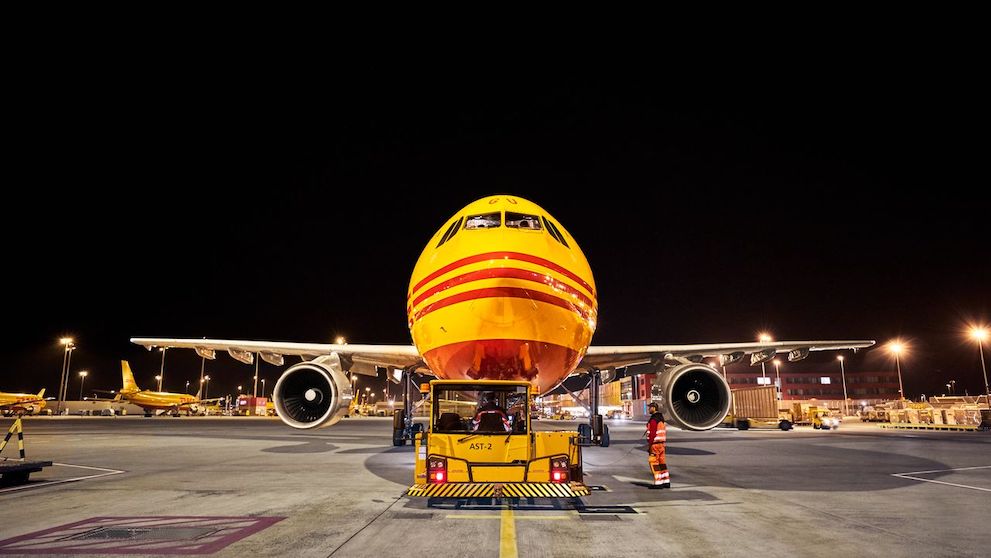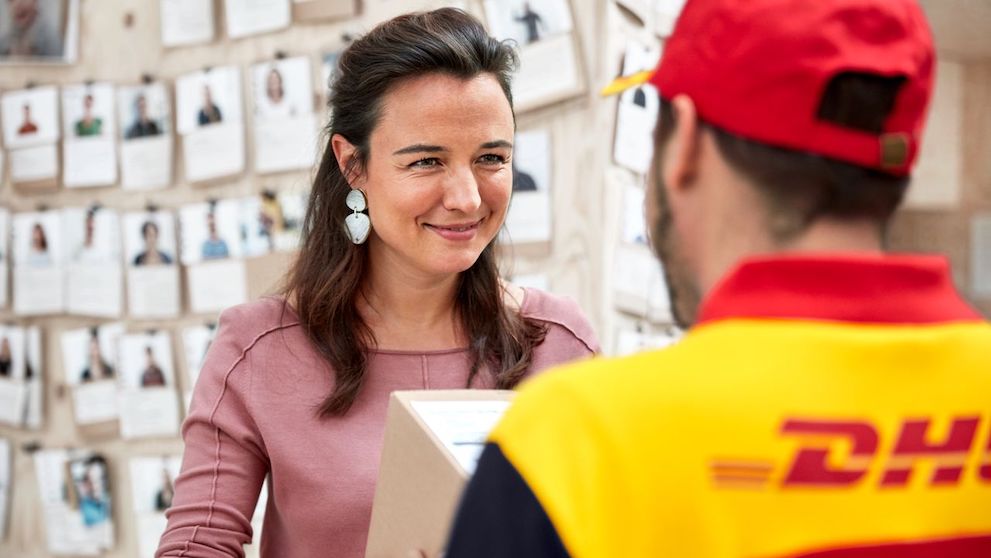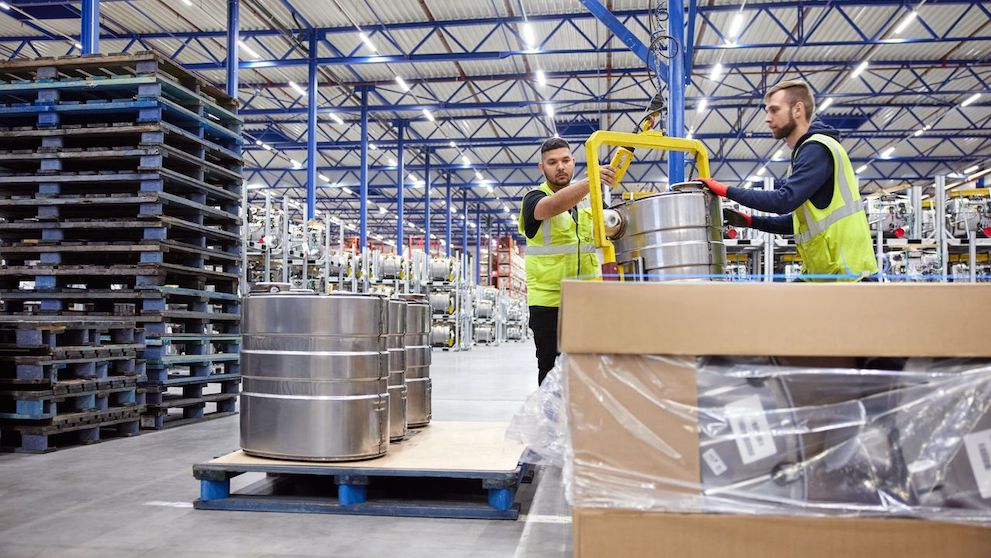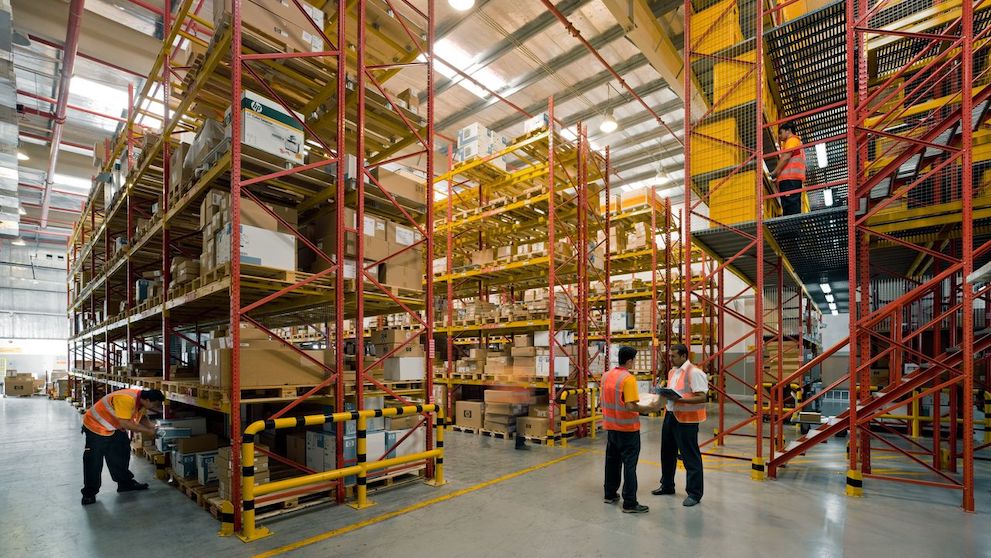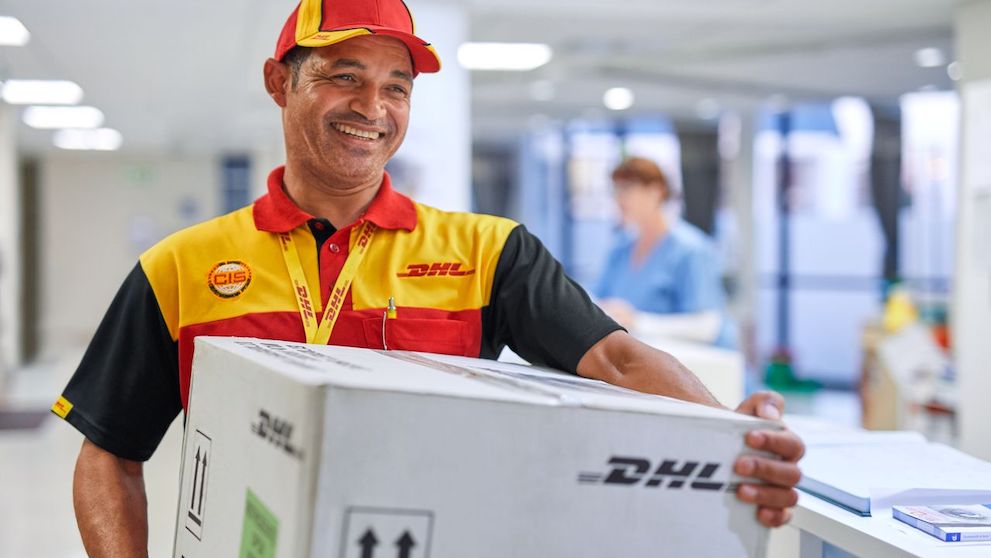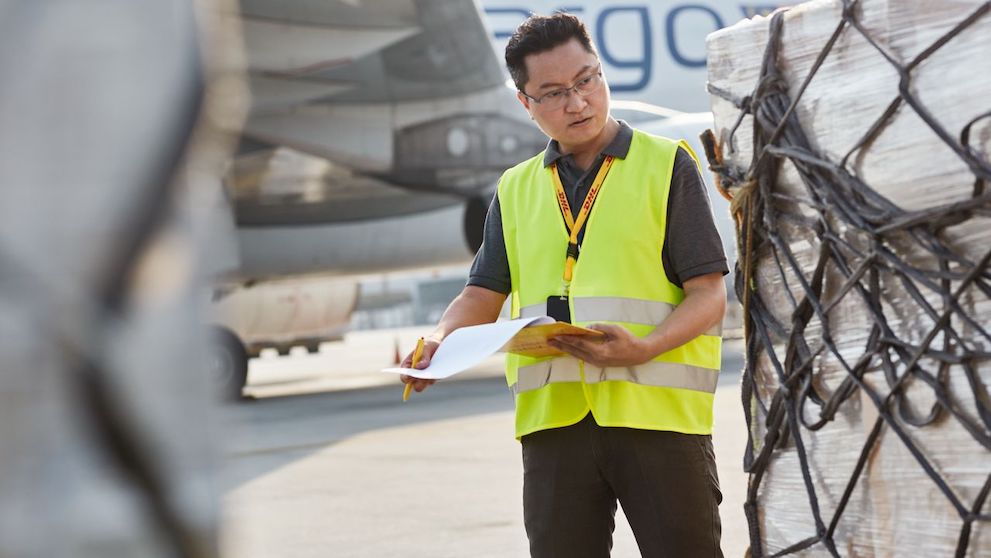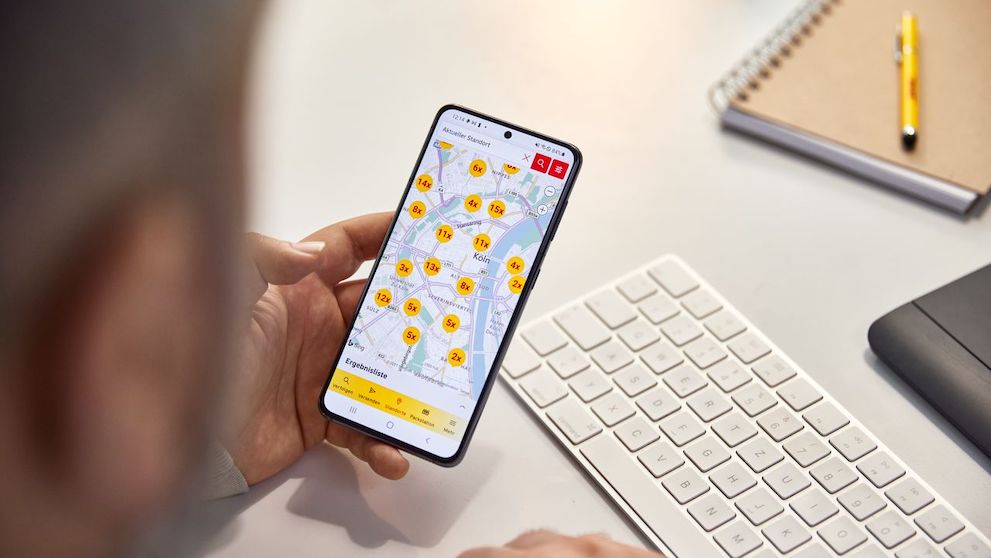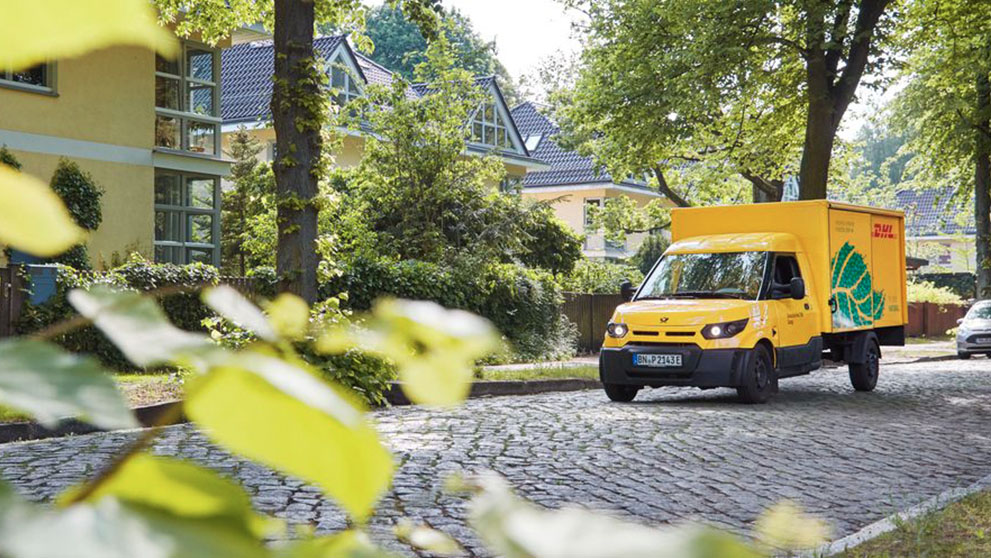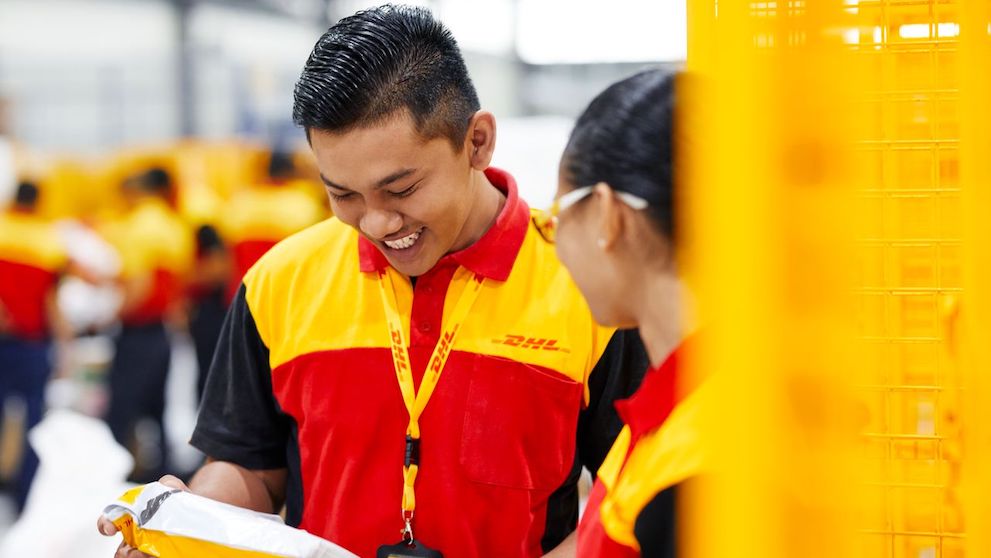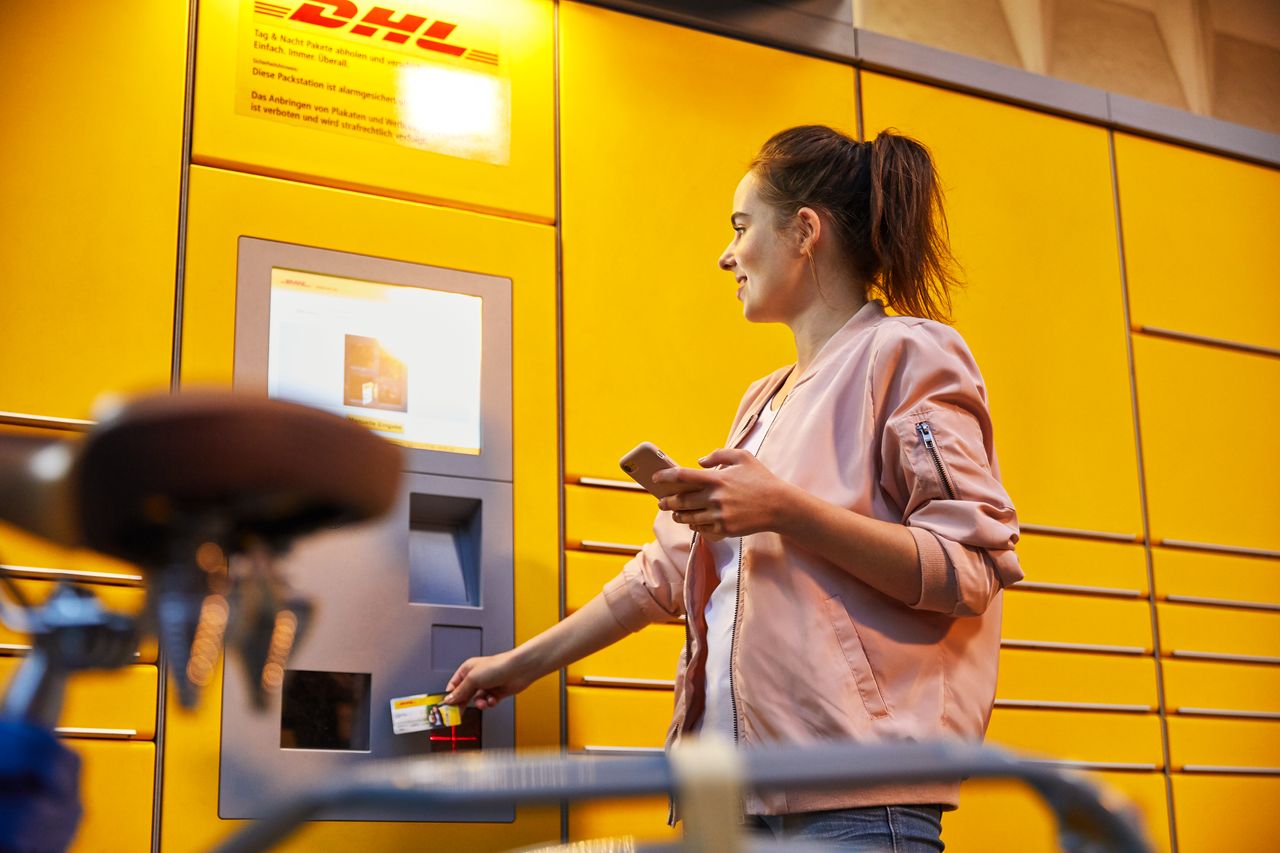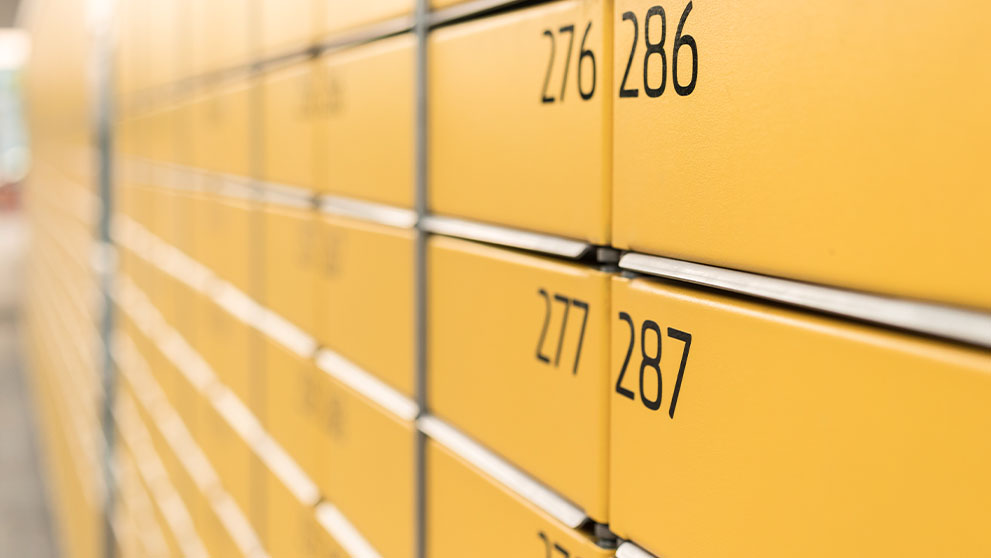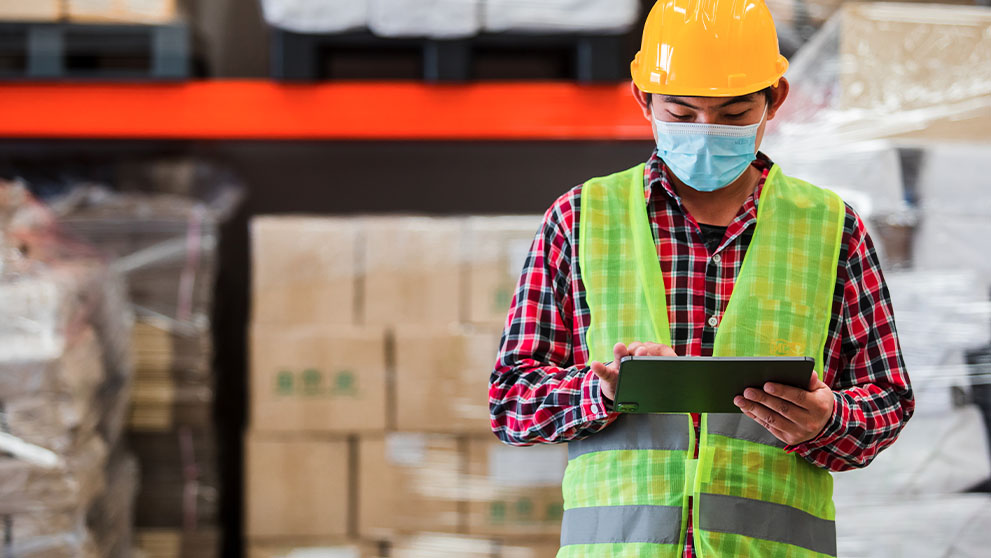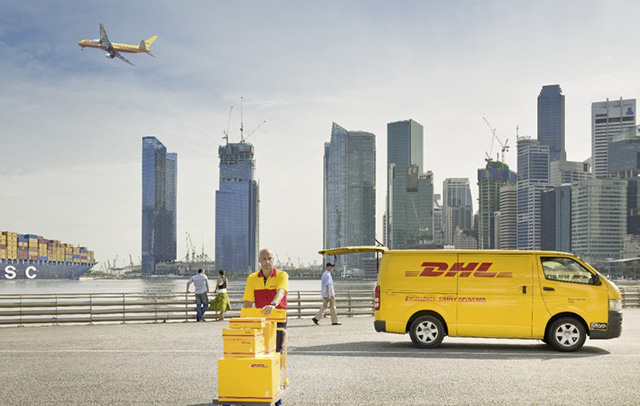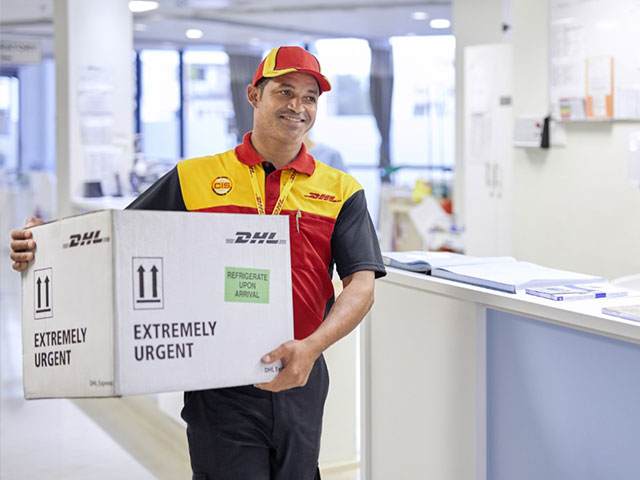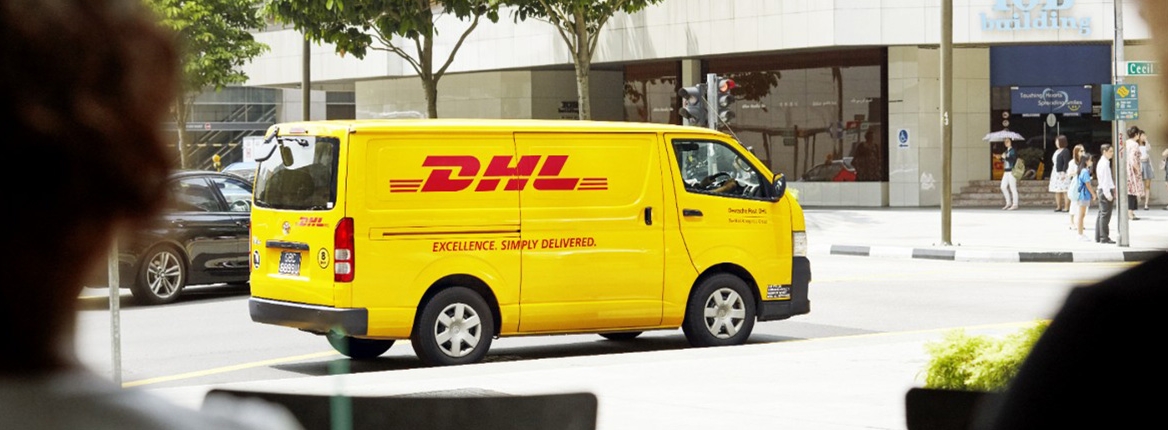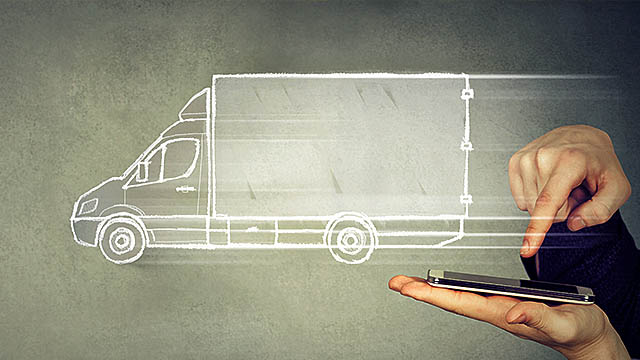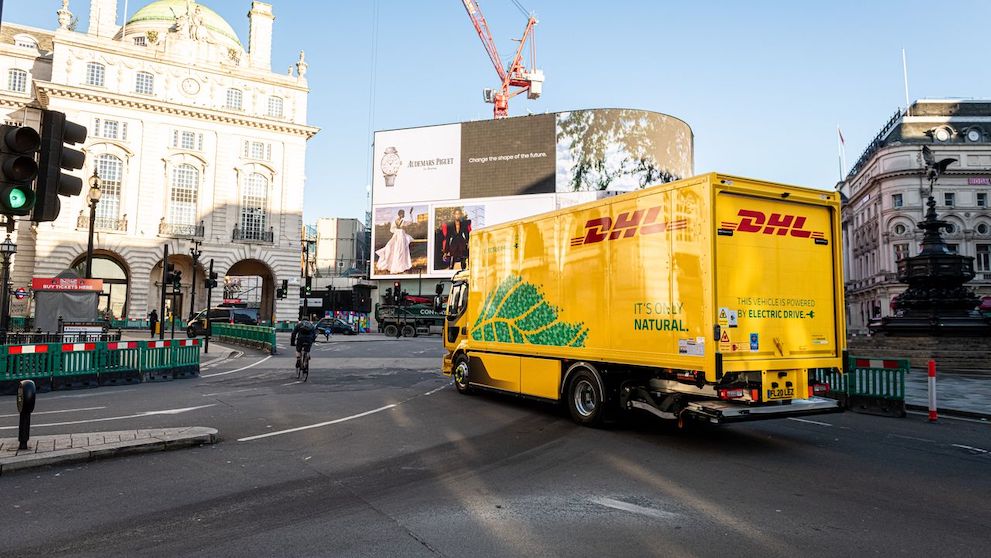The retail industry isn’t what it used to be a decade ago. Transformed by the Internet, alongside the COVID-19 pandemic and its accompanying safety restrictions, there has been a rise of online retail platforms. From traditional brick-and-mortar stores leveraging online channels as an alternative point of sale to the accelerated adoption of mobile commerce, retailers have been reconfiguring their trade to keep things appealing for their customers.
However, while retailers continue to put more emphasis on elevating convenience, the expectations and standards for logistics have simultaneously evolved. Studies have even shown that Singapore is one of the most demanding city-states when it comes to customer service, with close to 70% not completing their buyer’s journey due to poor service. Of the positive retail experiences digital shoppers expect, fast shipping speed and cost-effective delivery take centre stage in getting customers to hit the “buy” button. Therefore, to stay ahead of the competition, businesses need to shorten last mile delivery.
What is last mile delivery?
Involved at the end of the supply chain, last mile delivery refers to the final movement of goods from a business to its consumer. It is also a customer’s first point of contact with the product when the package is finally delivered to their doorstep. As such, acing last mile delivery is the difference between a retailer merely surviving and dominating in the marketplace.
How does last mile delivery work?
When a customer places an order online or on a mobile app, it is sent to a centralised order management system. Once stock availability is confirmed, the customer will make a payment before the order is sent from the manufacturing line or supplier to the warehouse hosting the stock. This is where the first stage of the last mile delivery process truly begins.
At the transportation hub, orders will be strategically sorted and designated to delivery personnel for quick dispatching to the end customer. These task assignments are optimised based on routes and recipient addresses, which is vital for a cost-effective last mile logistics solution. To reduce the risk of lost orders and provide end recipient package tracking of the shipment, orders are scanned before being loaded onto last mile carriers. The packages are then delivered to the intended recipient, and proof of delivery is obtained to update the delivery status.
What are the advantages of using last mile delivery services?
Time is money, and multiple studies have shown that a home delivery that takes more than two days puts off a large percentage of online shoppers. Given today’s on-demand economy and the fact that order fulfilment is the backbone of any retail business, this last leg of delivery must be accelerated to boost profitability. Other benefits of leveraging last mile delivery services include:
1. Streamlined shipping and faster delivery
When businesses partner with leading last mile couriers in Singapore like DHL Express which services as both a first mile and last mile courier in Singapore, a range of online tools, portals and guides are available at your disposal to simplify shipping processes. Time-consuming and repetitive tasks are automated, saving your business loads of time, resources, and money in the long run.
DHL Express has also developed digital platforms such as MyDHL+, My Bill, and On-Demand Delivery (ODD) that simplify the shipping process, making it more convenient and secure. Services like Same Day Delivery, which operates 24/7, 365 days a year, and optional services like Saturday delivery, efficiently cater to flexible delivery demands that consumers often have.
2. Real-time last mile delivery tracking
Modern-day customers don’t just want to receive their orders quickly. They also want complete transparency in transactions and be able to track their packages throughout the entire delivery process. Missed delivery schedules and incorrect deliveries are amongst a few of the reasons why many customers may want a last mile courier tracking number of their shipment. This is where last mile carrier and package delivery tracking in Singapore comes into play.
Optional services by DHL Express like Proactive Tracking, gives businesses full visibility and control into the last mile. Track & Trace services will also provide end-to-end visibility of shipments, giving you the most transparent overview of a shipment’s whereabouts. Through these services, business owners can design a holistic brand experience for their customers by offering informationon shipments when asked.
3. Improved customer experience
Spikes in orders during sale season, damaged shipments, special requests for scheduled deliveries are some of the unexpected challenges that can arise. And without a robust last mile delivery solution, enhancing business productivity and meeting customer expectations can be a hassle. However, with the last mile delivery network, customers can be alerted of potential delays. Such proactive efforts will lead to better expectation management and trust between the customer and brand.
DHL Express last-mile delivery solutions
Beyond the simple delivery services, DHL Express understands that the final phase of product delivery is an after sales opportunity for businesses to tap into. From 24/7 customer service to an optimised network that help us reach the furthest destinations in the shortest time frames, there is a wide array of on-demand options to ensure your business is ahead of the curve.
Apply for a DHL Express account to differentiate your brand from competitors today.
